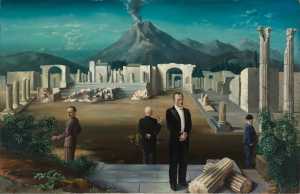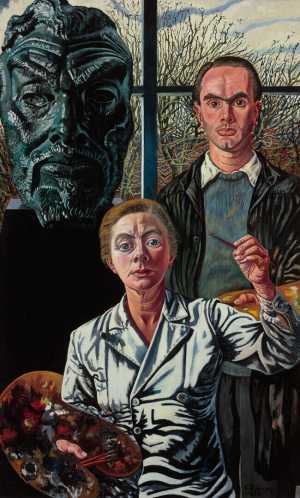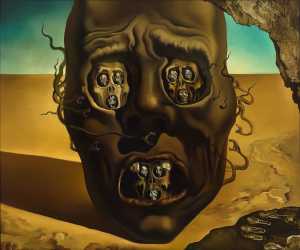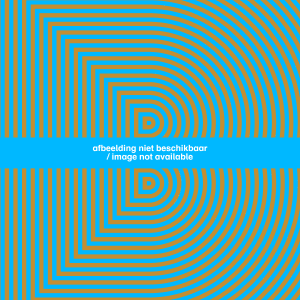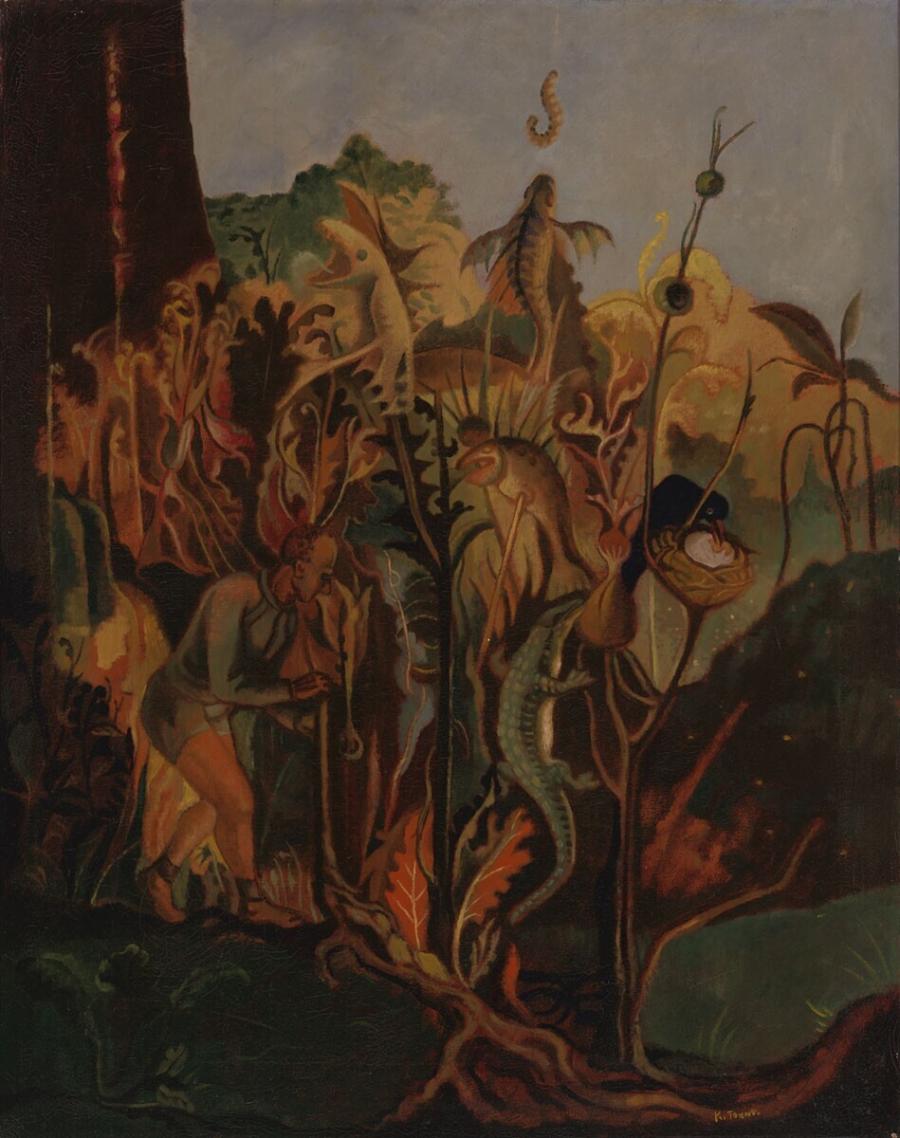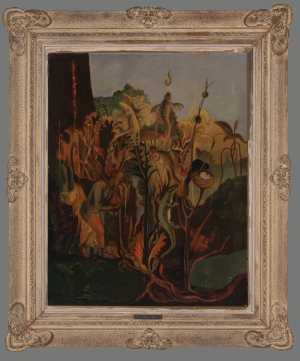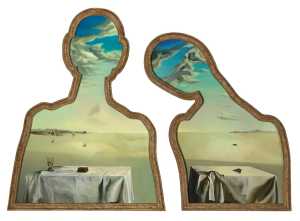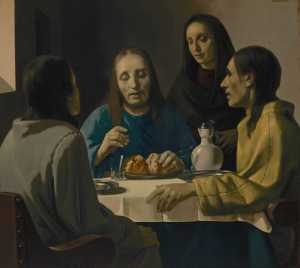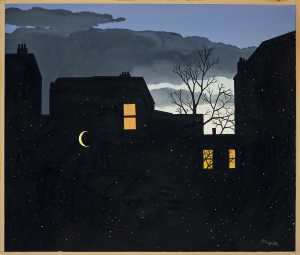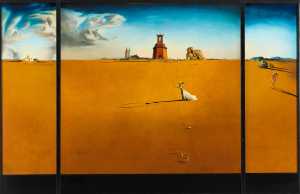Specifications
| Title | Le fossoyeur |
|---|---|
| Material and technique | Oil on canvas |
| Object type |
Painting
> Painting
> Two-dimensional object
> Art object
|
| Location | This object is in storage |
| Dimensions |
Height 91,5 cm Width 72,5 cm |
|---|---|
| Artists |
Artist:
Kristians Tonny
|
| Accession number | 4113 (MK) |
| Credits | Purchased with the support of VriendenLoterij, 2017 |
| Department | Modern Art |
| Acquisition date | 2017 |
| Creation date | in circa 1936 |
| Provenance | Kunsthandel Bennewitz, The Hague before 1959; private collection; heirs to the private collection 2017 |
| Research |
Show research A dream collection - Surrealism in Museum Boijmans Van Beuningen |
| Literature | F. de Jong, L. Vancrevel, Kristians Tonny, Amsterdam 1979, p. 115 |
| Material | |
| Object |
Do you have corrections or additional information about this work? Please, send us a message



